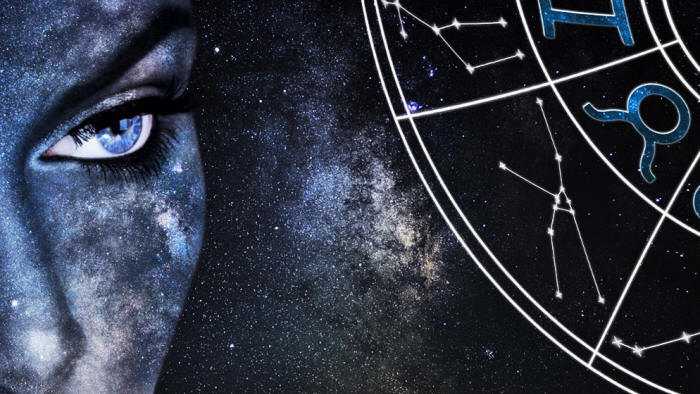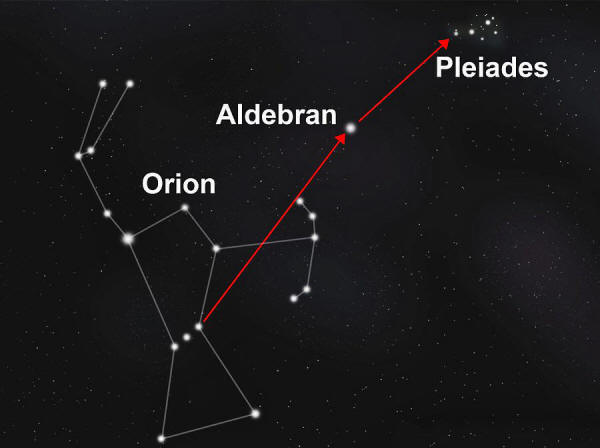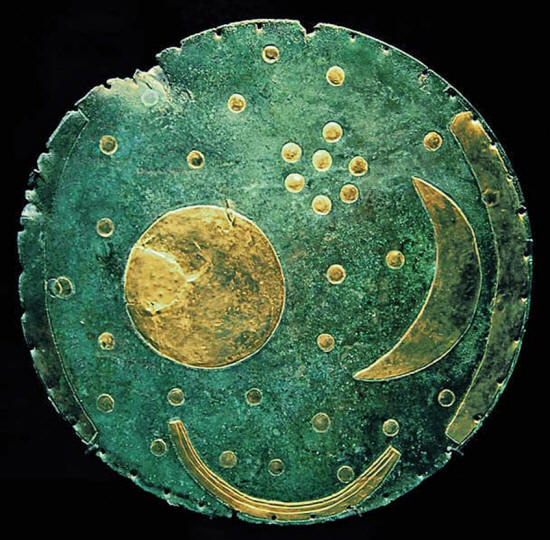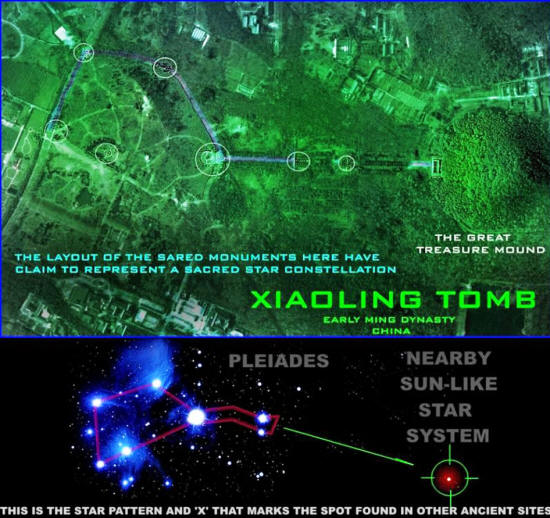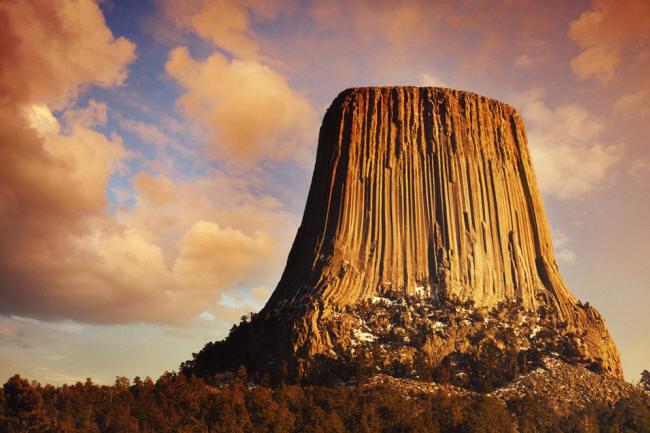|
February 28, 2020
It depends on who you ask. Some Subaru owners would say they
are...
Author Barbara Marciniak (Bringers of the Dawn - Teachings from the Pleiadians) is an internationally known trance channeler who speaks for a group referring to themselves as The Pleiadians.
Self-defined as a,
UFO researcher and auteur of Exopolitics, Michael Salla believes that off-world beings from the Pleiades star cluster are distant cousins to humans.
Salla reports that the Pleiadians are motivated to connect with humanity out of concern for Earth's future.
According to a complete guide to Aliens, the Pleiadians have a distinctive "Nordic," or Scandinavian appearance, 700-year lifespans, and while they are, in evolutionary terms, still a work in progress, they are far more emotionally and spiritually developed than earth humans.
The Pleiades: Facts and Myths
Also called the "Seven Sisters," the Pleiades are a group of stars in the Taurus constellation.
Astronomers refer to the group as M45:
At a distance of 444.2 light-years, the closest star cluster to earth, the Pleiades are used to plot distance using a method called the "cosmic distance ladder."
The cluster's brightest star is Alcyone, judged to be seven times brighter than our sun.
There are actually more than 1,000 stars within the cluster, and under optimal conditions, around 14 stars may be seen with the naked eye.
Most, when looking at the cluster without magnification, see six stars - but there are seven, and the "lost" seventh star is a common theme in multiple mythologies, including,
The Pleiades in Ancient Greek Cosmology
The Pleiades were the seven daughters of the pre-Olympian Titan Atlas, and Pleione, a nymph.
According to myth, the Pleiades, named, ...were dedicated to Artemis, the Greek goddess of the moon and the hunt.
Orion the Hunter had been placed in the sky, along with the scorpion that killed him, by Zeus. Prior to his death, Orion saw the seven sisters and set off to capture them. Zeus, in pity for their plight, turned them into stars and placed them in heaven.
Artemis was furious with Zeus and the mortal Orion. She convinced Zeus to send a monstrous scorpion to attack Orion - the hunter died from the stings.
After his death, Zeus placed Orion the sky in eternal pursuit of the sisters, and perpetual flight from the scorpion, or Scorpio Constellation.
The cluster was also used by the ancient Mediterraneans to signal the beginning and end of sailing season according to the Oxford English Dictionary.
The cluster appears in Homer's Odyssey and Iliad, referenced as a signal for the beginning of planting season in May.
Hesiod, another Greek epic poet, referenced the Pleiades in his poem, Theogony.
Western Hermeticism, Esoteric Symbolism, and the Pleiades
Hermeticism, an esoteric system based on writings attributed to the Hermes Trismegistus, includes treatises on the esoteric symbolism of constellations and planets.
Hermes may have been from Greece or Egypt, but has been referred to as "a son of the Nile."
He is also believed to be the father of Western astrology and alchemy. His writings are rumored to have first appeared in second century (AD) Rome, and he has always been associated with the Greek god Hermes as well as the Egyptian Thoth.
According to Hermetic traditions, the seven stars open seekers to a more refined level of consciousness. Viewed as a "school of learning" by hermeticists, only those who have been purified of energetic blocks to the subtle body.
Invitation to and initiation into the Pleiadian wisdom teachings come spontaneously during sleep or deep meditation.
The Pleiades are also viewed as our solar system's source of electrical energy from the little sister star Electra.
The Pleiades in Norse, Celtic, and Bronze Age Mythology
The Nebra Disk, found in 1999 by treasure hunters in the Saxony-Anhalt region of Germany, portrays the star cluster with the moon and sun - dated to 1600 BCE, researchers believe it may have been a portable astronomical instrument.
The artifact is the earliest known portrayal of the Pleiades cluster in the West.
In Bronze Age Europe, the Autumn solstice and Winter equinox were associated with grief and mourning.
At the solstice, the Pleiades would rise in the east as the sunset in the west, thus the association with mourning and the passing of summer as well as the harvest season.
To Scandinavian, or Viking cultures, the Pleiades were thought of as Freyja's chicks, Freyja being the Norse goddess of love, beauty, and fertility.
For protection, some would paint seven spots, representing the seven stars, on hen houses. Ladybugs were associated with the cluster because of the seven spots on their wings.
The Pleiades in Asian Cosmologies
The first astronomical mention of the star cluster was in the Chinese Annals of roughly 2350 BC and was referred to as the Blossom Stars or Flower Stars.
The sprawling Xiaoling Mausoleum is the tomb complex of the Hongwu Emperor, founder of the Ming Dynasty.
Located near Nanjing in Eastern China, when viewed from the air, the tomb complex echoes the arrangement of the visible Pleiadian stars. According to author Wayne Herschel, the author of The Hidden Records, this geoformation is a star map...
Called the "treasure mound," the tomb is said to hold,
Source: Wayne Herschel
In Japan, Subaru, or the Pleiades, is more than the name of an auto manufacturer - it also relates to the cultural value of "harmonious grouping," or in modern parlance, "teamwork," a characteristic of samurai and shogun societies.
Amaterasu's jewels were associated with the Subaru, or Pleiades cluster.
The story is an allegory - just as the sun becomes low in the sky in winter, the Subaru ‘jewels' can be seen as a reminder that the sun will return in spring.
In Vedic astrology, the degrees of 26 Aries to 10 Taurus are ruled by the Krittika, or Pleiades. One born under the influences of the sisters is said to be fiery, warlike, and adventurous.
Under an aggressive exterior, the natives have a deeply nurturing quality and have great capacities to support others.
Sunset at Devil’s Tower in Wyoming, USA. Noise added.
Native American Pleiades Myths
A Cherokee myth tells the story of seven boys who played a game with rolling stone and sticks, called gatayu'sti, all day.
According to an article in Indian Country Today,
The article also notes the slightly elusive quality of the cluster - rather than looking directly at the grouping, the constellation is much clearer when viewed with peripheral vision.
Citing a myth from the California Sierra and Paiute tribes, the author shares the story of the Grizzly Sisters and the Deer Sisters (Pleiades).
The midwestern Dakota believed that the cluster is the Tiyami, abode of the ancestors, and when we die, we go to live in the Pleiades.
One famous story is how seven maidens were being hunted by a bear.
This is a small sample of Pleiadian myth and symbolism.
This relatively tiny star cluster has taken on proportionally huge significance in almost every ancient tradition and cosmology.
Perhaps we instinctively assign great significance to the Pleiades because we have a place for them in our collective consciousness - for now, we don't know why, but perhaps we'll find out as consciousness evolves...
Video
Reported Pleiadian alien contact Barbara Marciniak interview
|


